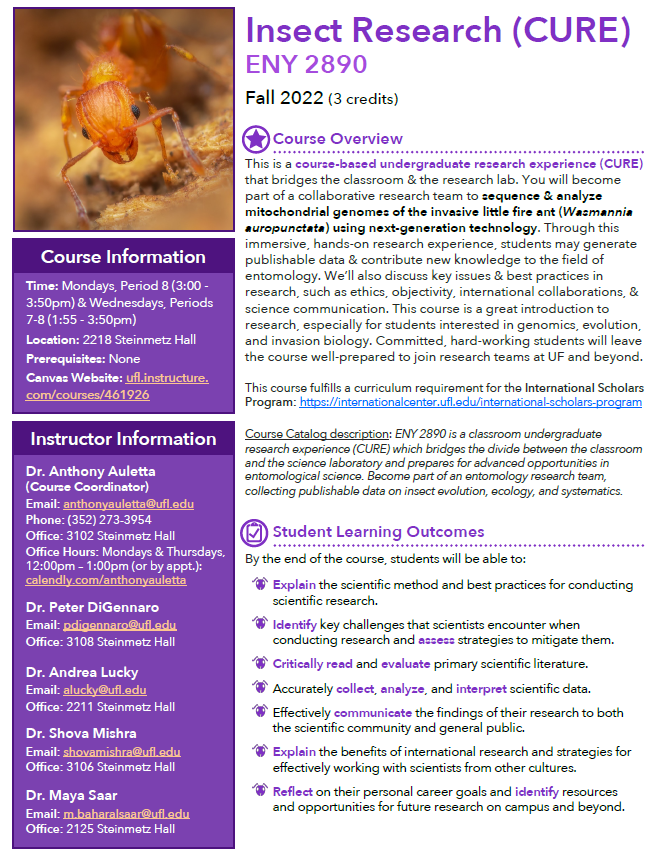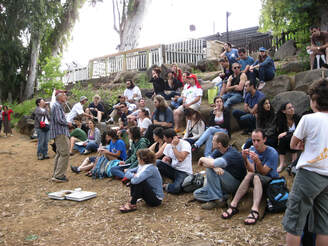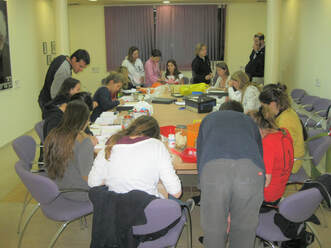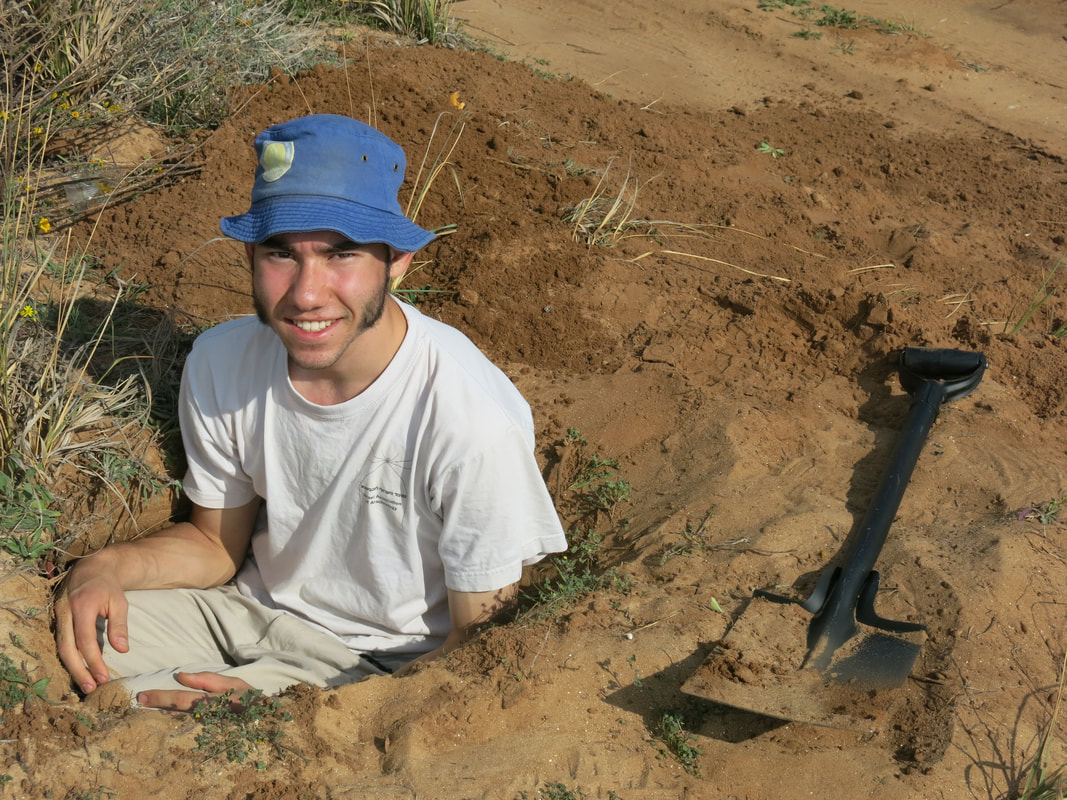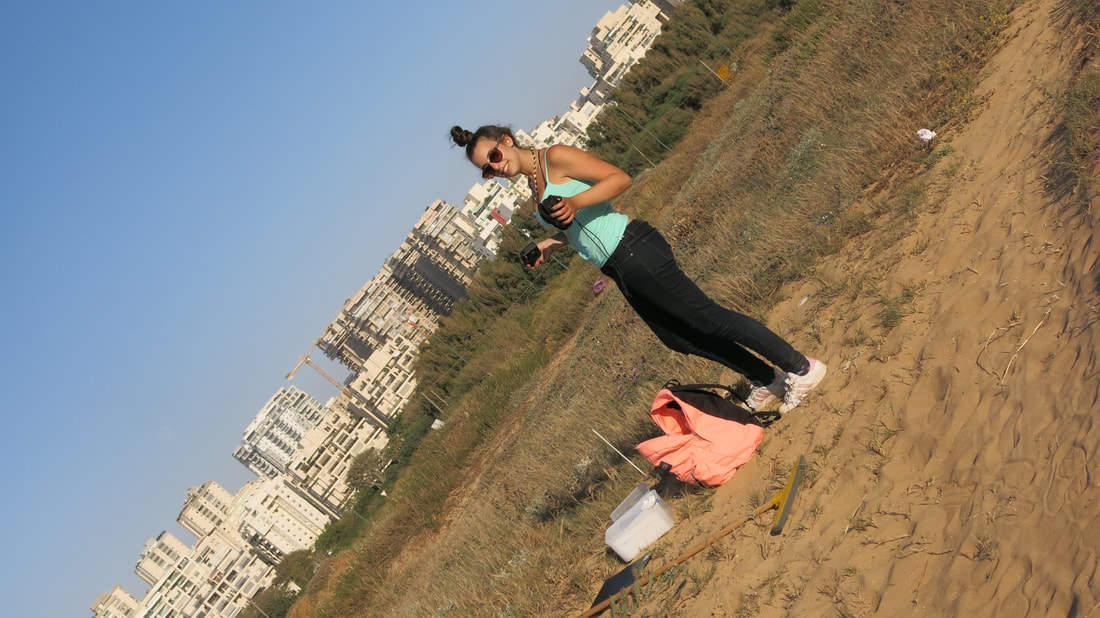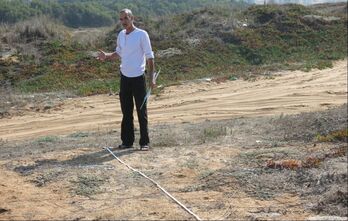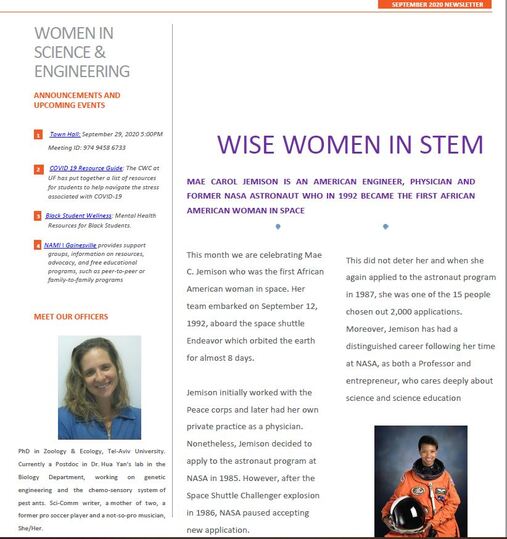Photo: Maya Saar (Protaetia cuprea)
Teaching & mentoring
|
I co-instructed a course-based undergraduate research experience (CURE; ENY 2890) in UF Entomology & Nematology Department. Each semester this class and its main instructor, Dr. Anthony Auletta “migrates” through campus in search of a two-way gain; a project from a real-life laboratory that needs execution and that the project can give knowledge and experience back to the students; a project that can generate publishable results. In Fall 2022, I asked the students how they could track the history of invasion of little fire ants in Florida with genetic means? The chosen method was sequencing the full mitochondrial genomes of ants using next- generation technology, in the ancient range and the forefront range of their invasion. We expected to see changes in mutations between the ranges. I contributed to the course with:
- Three lectures: introduction to invasion biology and myrmecology to diverse-background students. - One lecture: discussion in class on a related article. - Managing interviews of groups of students with ant researchers (personal connections) outside of USA. - Poster session presentations by students, with UF Entomology & Nematology Department invited. - Publication in the making which bears the names of all undergraduate students. |
|
During graduate school, I was a laboratory coordinator and teaching assistant in Insect Faunistics B (0455.3831), The George S. Wise Faculty of Life Sciences, Tel-Aviv University. The course included preparing extensive laboratory engagement with different insects (live or museum specimens) and four excursions to different habitats throughout Israel in 6 days. During these excursions we would identify and collect insects with students in the wild by day, and learn to pin them in the evenings to create personal genuine insect collections per student.
My own mentors were teaching this course; Dr. Dany Simon, the Late Dr. Amnon Freidberg & Dr. Netta Dorchin. |
I was invited to give a live guest webinar in BIO 323: Ecology for undergraduate students in Saint Mary's College, IN. Title: 'Behavioral Ecology and its greatest altruists; Social Insects. This webinar was also open to the public.
|
|
|
I have mentored or currently mentoring many undergraduate and graduate students. I encourage collaborative, creative, and also independent thinking, as we develop a research plan for each student. I mentored students through lab experiments and field work such as excavations of ant colonies and day & night field experiments. I also supervised and conveyed statistical analyses and final writing. I believe mentoring is a two-way gain, as I learnt so much from my mentees. For instance, some had the best ideas to solve problems in the field. As a result of these efforts, each of my past mentees was included in at least one published peer-reviewed article (please see my publications).
In the pictures: Field work with mentees & collaborators. |
Outreach
|
|
|
|
I love to organize insect exhibitions in kindergartens and schools. At a young age, common social norms to fear insects are usually not well established. I therefore hurry to give the scientific and exciting perspectives to insects and how much humans rely or are affected by them in many cases, with hope to win the children's attention.
